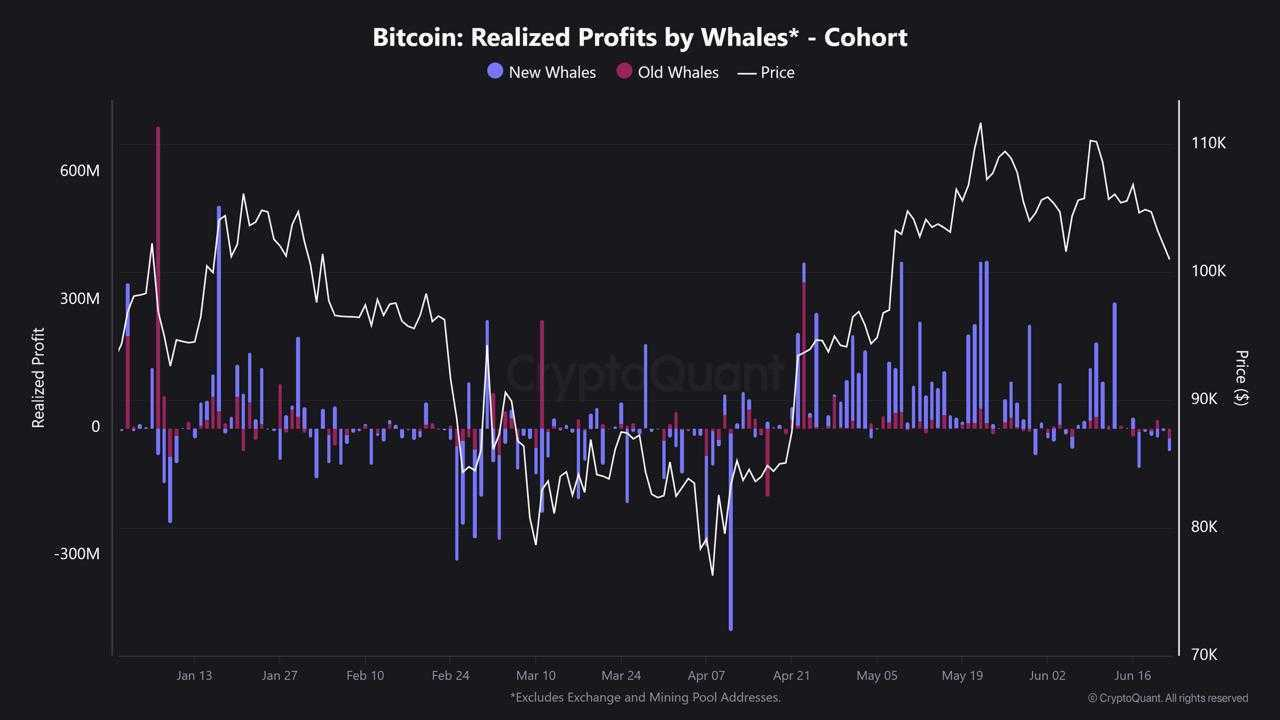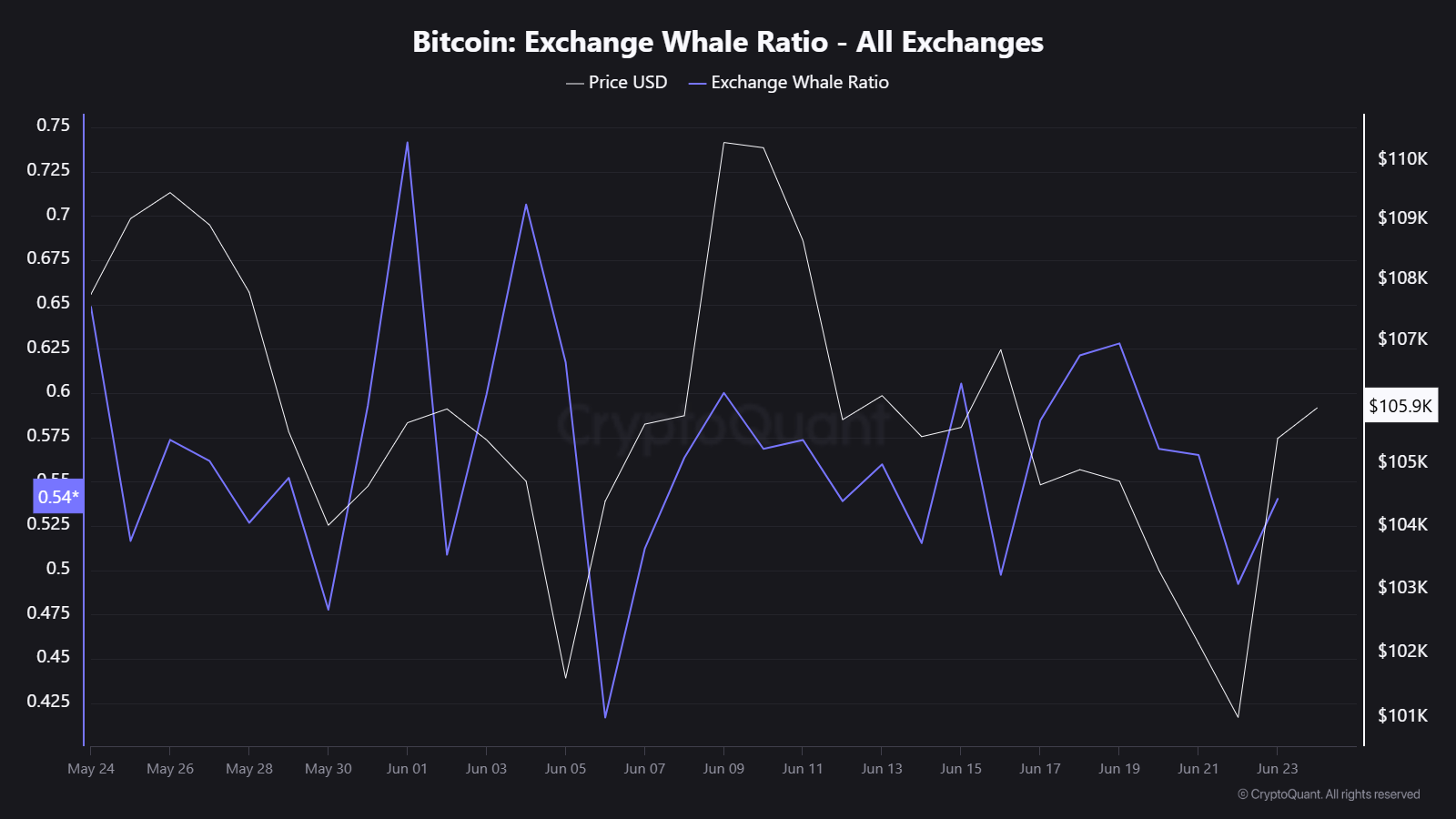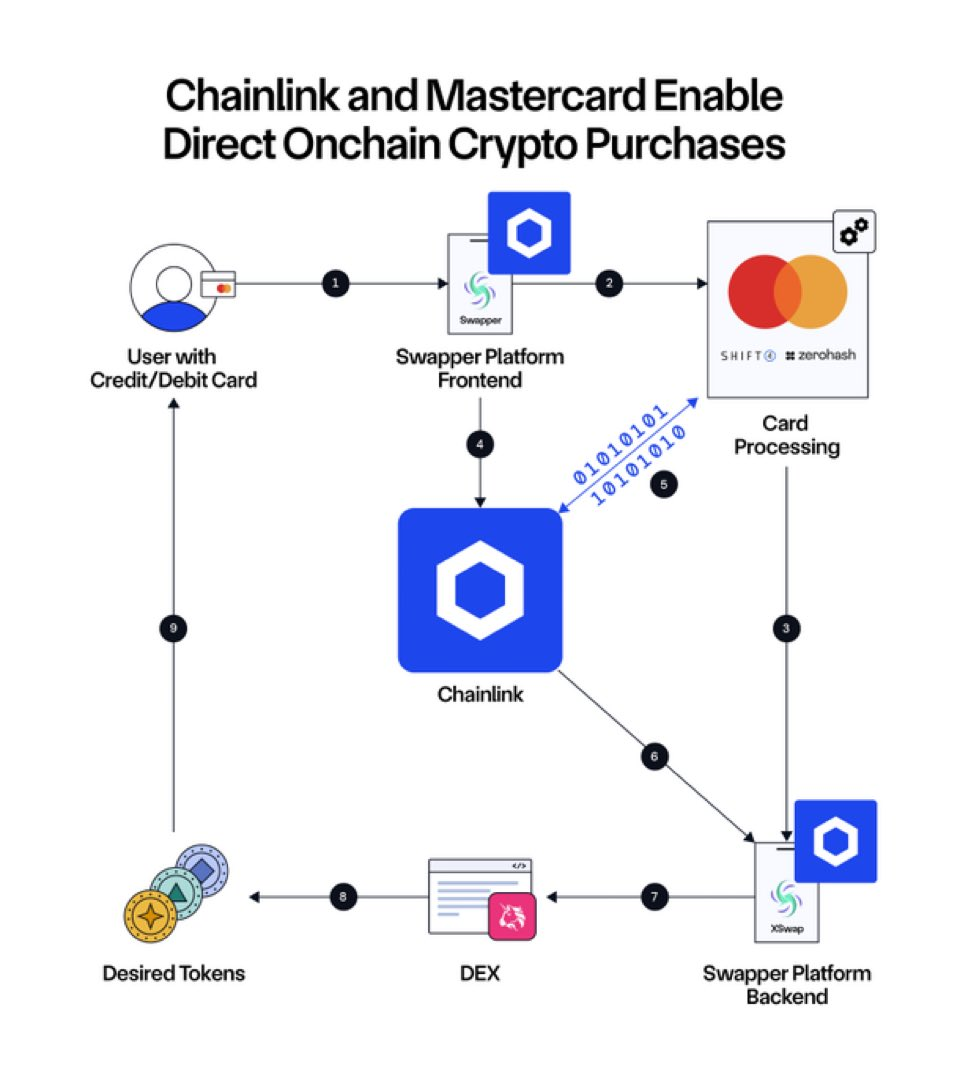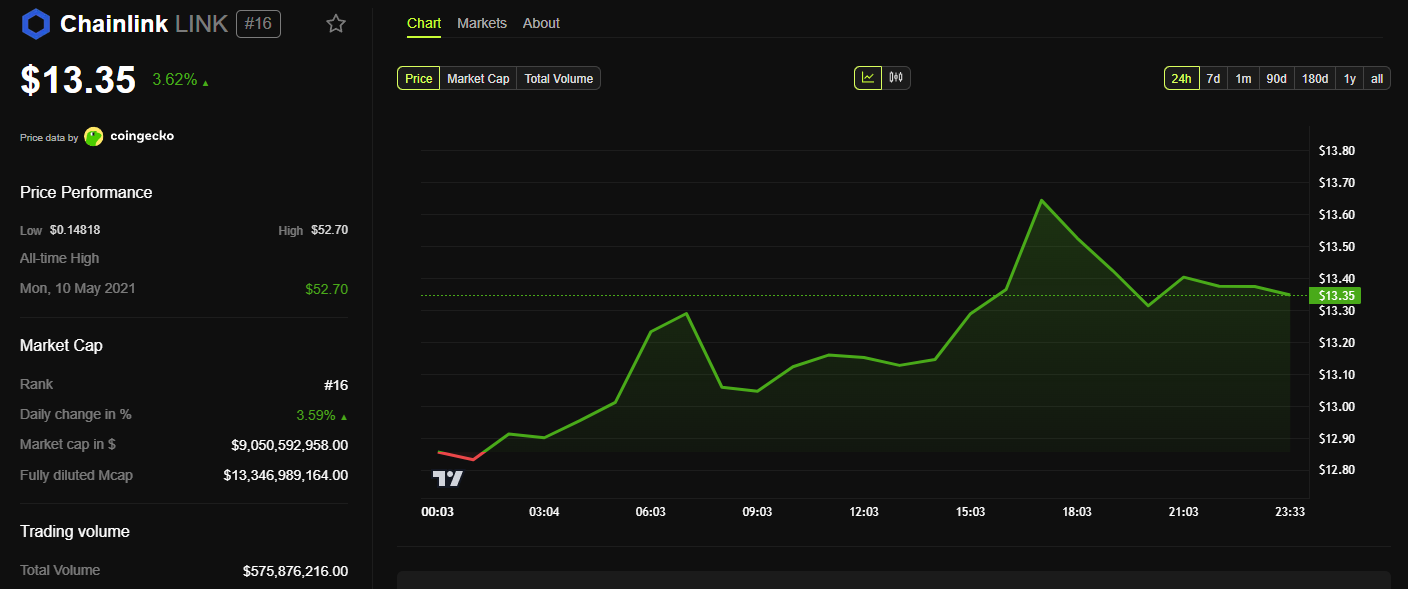Firms worldwide are accelerating their efforts to integrate digital assets into their financial frameworks. While Bitcoin (BTC) has been the go-to choice, many companies are now diversifying into major altcoins like Ethereum (ETH), XRP (XRP), and Solana (SOL).
Besides these, AI tokens have emerged as compelling contenders for institutional investment. Recently, Synaptogenix adopted Bittensor (TAO) as a reserve asset. In an exclusive interview with BeInCrypto, Synaptogenix outlined the motivations behind this strategic move and why TAO was chosen over Bitcoin.
Why Did Synaptogenix Choose Bittensor (TAO)?
On June 9, BeInCrypto reported that Synaptogenix, a clinical-stage biopharmaceutical company, launched a TAO treasury strategy to acquire $100 million worth of tokens. To start with, the firm announced that it will spend $10 million to buy TAO using its cash reserves and balance sheet.
This amount, more than double Synaptogenix’s current market capitalization of $4.98 million, highlighted its commitment and confidence in TAO. A spokesperson told BeInCrypto that the decision stems from a belief in the untapped potential of decentralized AI.
The spokesperson explained that despite the crypto’s massive $3 trillion market capitalization, it remains underrepresented in public equity markets. They pointed to Strategy’s (formerly MicroStrategy) success under Michael Saylor, who demonstrated that holding Bitcoin in corporate treasuries can yield significant returns.
Bitcoin represents a bet on “crypto as currency,” while Ethereum and Solana focus on decentralized finance—sectors projected to grow into trillions. However, Synaptogenix sees an even greater opportunity in the convergence of crypto and AI.
“AI companies have reached a market cap of nearly $500 billion, while TAO, the leading decentralized AI token, is valued at only $3 billion. Despite its growth, TAO’s value remains underappreciated as interest in decentralized AI increases,” the spokesperson noted.
They highlighted that venture capital investment in decentralized AI grew by 200% in 2024. Notably, as the largest AI token by market cap, TAO stands to benefit from the increased institutional interest.
“We expect decentralized AI to eventually surpass centralized AI, and institutional interest in TAO will follow suit. Over the next year, the demand for TAO will surge, coinciding with a decrease in the available supply of TAO tokens—making it a perfect token for investment at this time,” the spokesperson added.
Bittensor (TAO) vs. Bitcoin (BTC): Which is Better?
The debate over Bitcoin vs. Bittensor has been running for quite some time. Recently, Barry Silbert, CEO of Digital Currency Group, predicted that TAO could outperform Bitcoin as a global store of value.
Synaptogenix agrees with this view. The spokesperson elaborated that Bitcoin remains a prime example of a store of value and a reliable asset.
However, they argued that Bittensor’s TAO token takes the concept of incentives further, positioning it as a stronger contender.
“Bittensor is to innovation what Bitcoin is to currency. While Bittensor mirrors Bitcoin in many ways—particularly in its decentralized, fixed-supply model—its incentives play a far more significant role in driving societal innovation. This makes Bittensor a unique and potentially more impactful asset in the long run,” the spokesperson mentioned to BeInCrypto.
According to them, Bitcoin miners earn roughly $10 billion annually and consume vast amounts of electricity to secure the network. In contrast, TAO miners are rewarded for contributing to AI innovation through AI models, computing power, or new AI businesses rather than energy-intensive mining.
The Road Ahead For TAO
Despite the optimism about TAO’s potential, Synaptogenix stressed that adopting a TAO treasury strategy is not easy.
“Staking tokens like Ethereum or Solana is relatively easy, with token holders receiving rewards in exchange. However, optimizing TAO staking requires deep knowledge of the TAO ecosystem, which offers unique staking strategies that result in greater rewards compared to other tokens,” the spokesperson stated.
They also emphasized that the company’s expertise in the TAO ecosystem, crypto, and staking makes it well-positioned to lead this strategy and maximize returns.
Nonetheless, the firm still anticipates other institutional investors to follow. In addition to Synaptogenix, Oblong, a technology solutions provider, has committed $7.5 billion to fund its TAO corporate reserve.
As institutional adoption grows, Synaptogenix expects TAO’s price to rise significantly.
“Institutions tend to be buy-and-hold investors, which means that as more institutions adopt TAO, the token’s supply will decrease as it gets locked up in long-term holdings. This will drive the price up,” the statement read.
Besides institutional interest, they pointed out several other catalysts, including TAO’s halving, its availability on Coinbase (exposing it to 100 million customers), and the rapid growth of subnets on the TAO platform. Additionally, increased involvement from hedge funds in crypto assets could likely drive demand further.
With the AI market projected to expand from $300 billion in 2025 to over $3 trillion by 2030, decentralized AI, particularly TAO, is expected to capture a substantial share.
“We believe that as decentralized AI reaches a tipping point, the first billion-dollar business in the TAO/Bittensor ecosystem will significantly boost public and institutional interest, driving TAO’s price to new heights,” the spokesperson forecasted.
With its strategic vision and deep ties to the TAO ecosystem, Synaptogenix is paving the way for a new wave of institutional investment in decentralized AI, one that could reshape the financial market.
The post Why Synaptogenix Prefers Bittensor (TAO) Over Bitcoin (BTC) for Its Corporate Treasury appeared first on BeInCrypto.



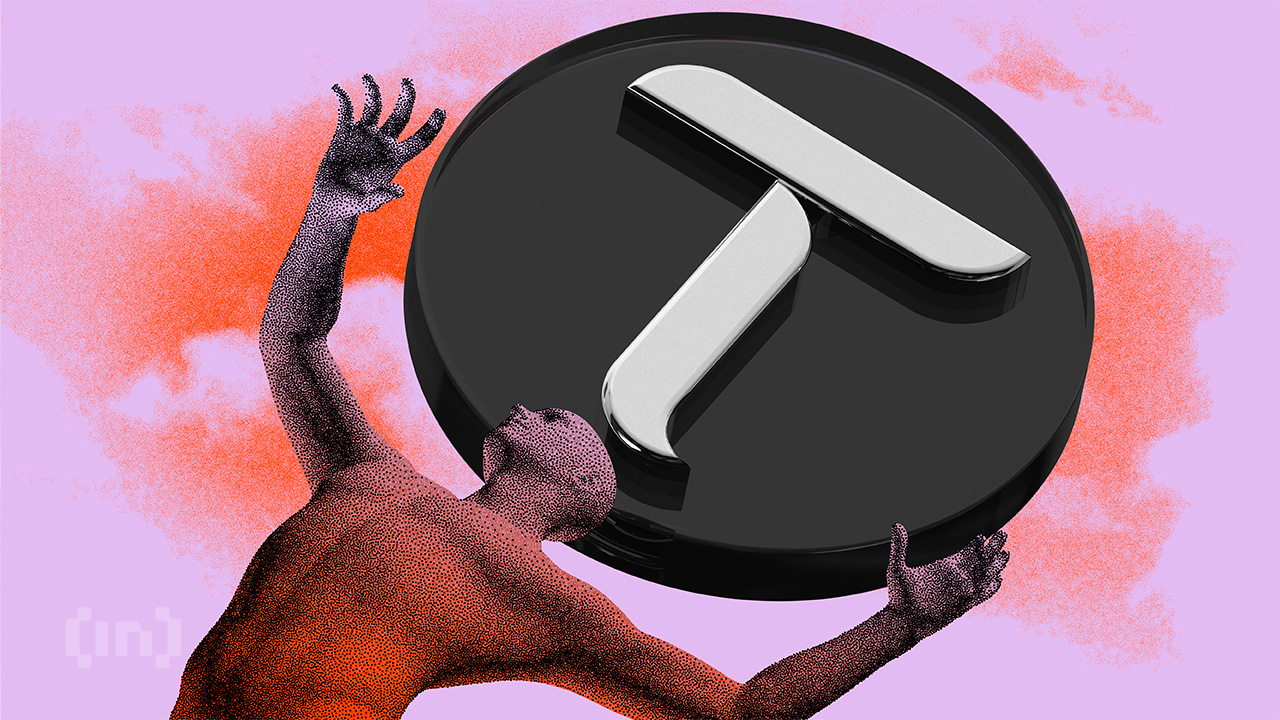

 (@CoinbaseAssets)
(@CoinbaseAssets) 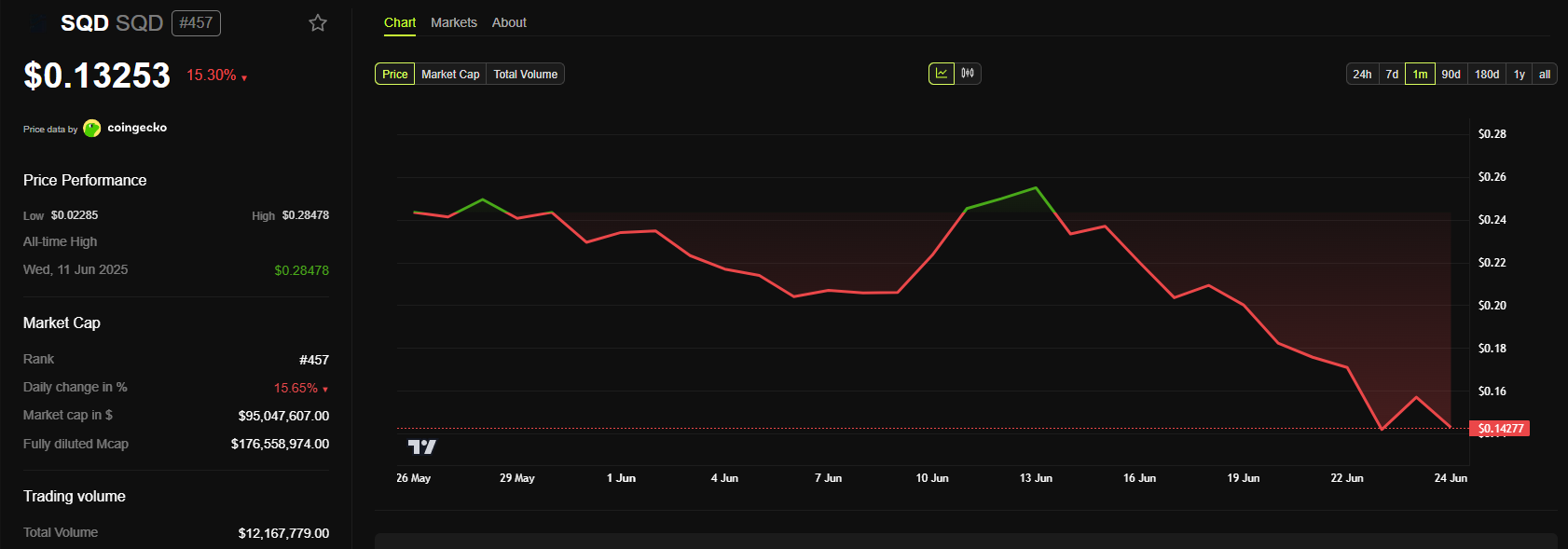
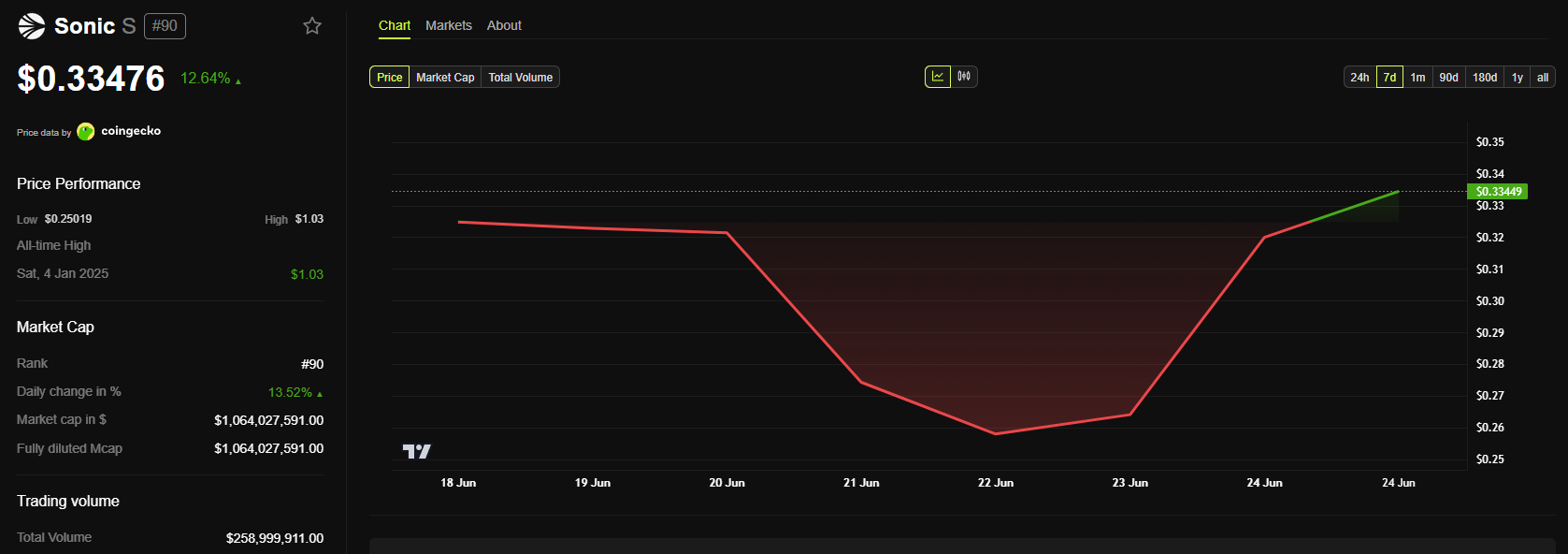

 SlowMist TI Alert
SlowMist TI Alert  Delivered via:
Delivered via: “币coin” (App Store)
“币coin” (App Store)
